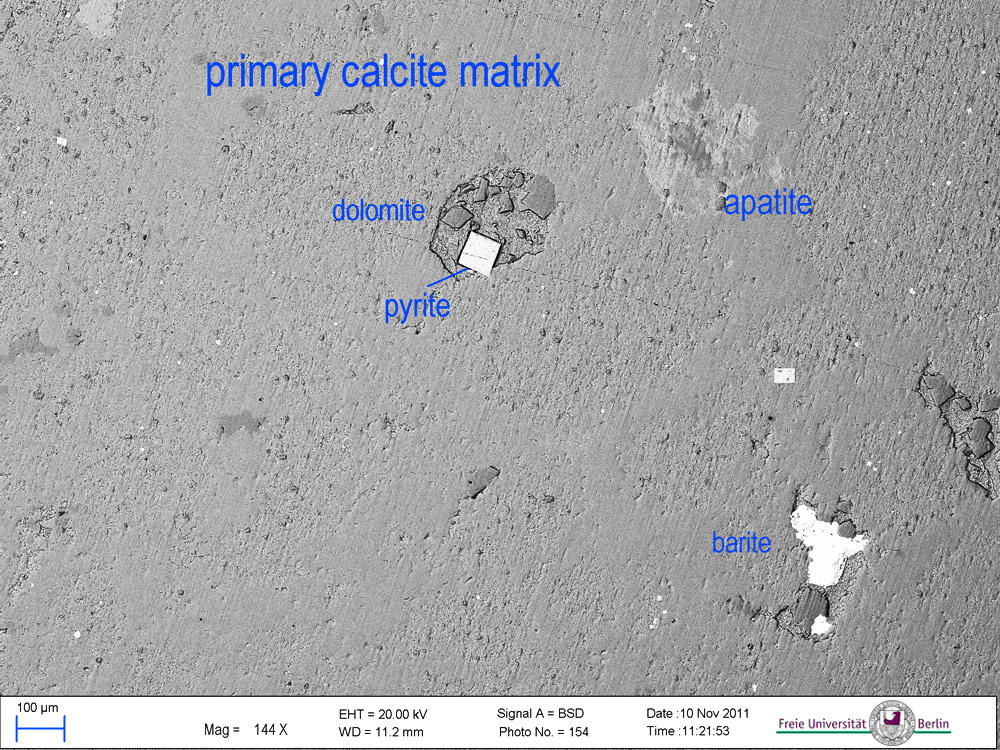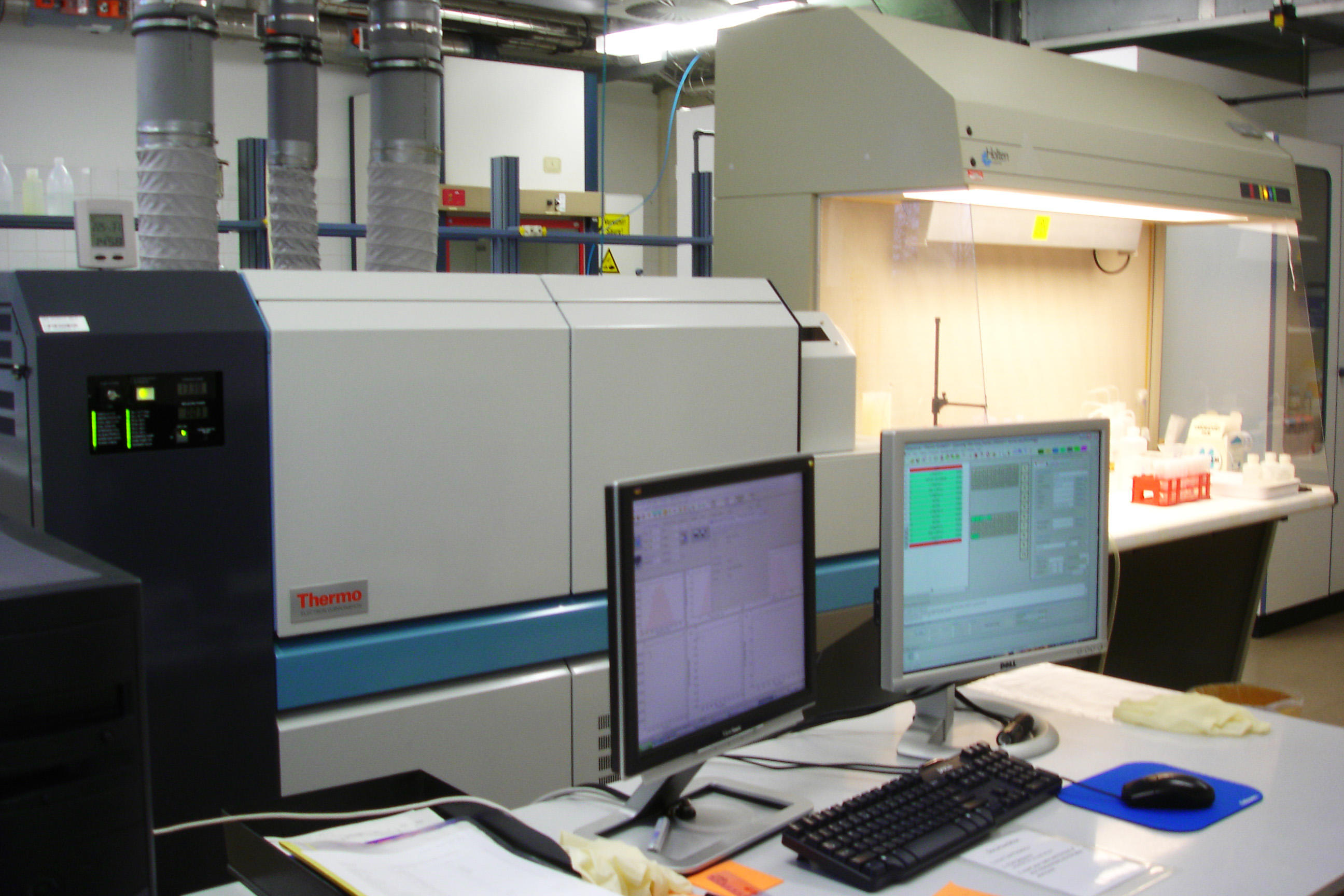Sr,Nd and Li isotopes in carbonates of the Yangtze Platform as tracers for the Ediacaran and Cambrian weathering story
In the present approach, high resolution trace element abundances and strontium, neodymium and lithium isotope compositions in profiles of marine carbonates of the Ediacaran and Cambrian will be studied.
The data will be used to assess the diagenetic modification of the carbonates and to retrieve information on changes of seawater composition during this time interval. We will also test hypotheses, such as increased weathering rates as a possible cause of fluctuations in Sr isotopic composition, and evaluate similarities and differences between shallow- and deep-water proxy records.
The use of high-precision ICP-MS data combined with a precise petrographic analysis of the carbonate samples using SEM allows to determine possible influences of alteration processes on our samples, such as digenetic regrowth and veins. Due to our chemical preparation we are also able to filter out the influence of terrestric input to our marine sediments. The results should therefore represent pristine marine conditions at the Precambrian-Cambrian transition in China.
These data, correlated with other proxies for which abundant data is available, such as d13C and d34S could be used to explain the environmental factors governing the nature of Ediacaran oceans like the redox state, oceanic pH, and nutrient supply and their link on an enhanced weathering rate and the evolution of oceanic biosphere.

A SEM picture with BSD detector, showing a typical facies of a marine carbonate. A detailed petrographical analysis is used to determine alteration structures within the samples.
The main research objectives for this subproject are:
Are there systematic differences in the weathering and redox proxies in shallow- and deep-water sediments?
Do the Sr isotopic compositions at the Pc-C transition in South China represent seawater compositions?
Does the strong increase in 87Sr/86Sr during the Ediacaran reflect an increase in chemical weathering?
What processes control REE abundances, patterns and Ce anomalies in Ediacaran shallow-water vs. deep-water carbonates?

The ICP-M Lab in the "Institut für Geologische Wissenschaften, FR Geochemie" of FU Berlin